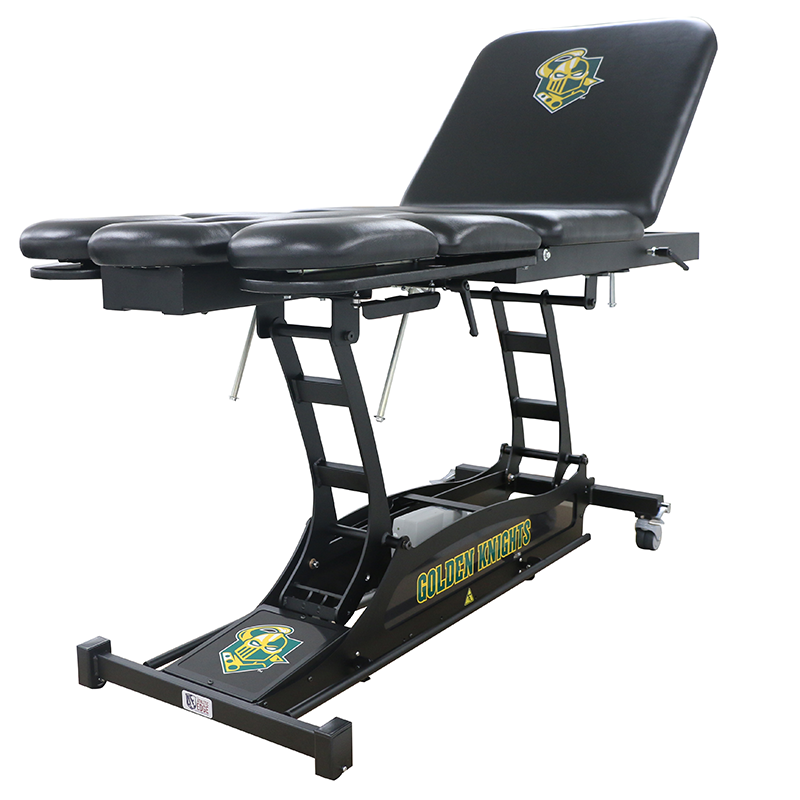Kinesiology Taping, Part One
Kinesiology taping is the current "it" phrase in the field of sports medicine. Athletes—both professional and weekend warriors—are sporting the tape with its distinctive patterns. Registered osteopath John Gibbons of Athletics Weekly explains the treatment’s origins, benefits and how it reduces disability and pain and increases endurance.
Brightly coloured tape is now a common sight at most major sporting events across a vast number of disciplines, and the tape is increasingly becoming evident in recreational activities too.
Anyone that is involved with assessing, treating and rehabilitating sports-related injuries, or even back and neck pain will need to have the skill of taping.
Castro-Sanchez et al (2012) studied the effect of kinesiology taping in reducing disability and pain in chronic nonspecific low-back pain. They found that individuals experienced significant improvements immediately after the application of kinesiology taping in the following categories: disability, pain and isometric endurance of the trunk muscles.
Origins of kinesiology taping
In the 1970s, a Japanese chiropractor called Dr. Kenzo Kase brought the technique to the international arena. He was the first person to have the idea of applying a new type of taping method, which subsequently led to a new form of sports tape.
Kase wanted to develop a taping system that would naturally assist in the healing of damaged tissue by encouraging lymphatic drainage, and at the same time providing support to the joints and muscles without causing a restriction to the range of motion.
How does it work?
Kinesiology taping has been clinically shown to help with the natural response to inflammation as it targets different receptors within the somatosensory system (sensory systems associated with the body—includes skin senses and proprioception and the internal organs).
Correct application of the kinesiology tape will help alleviate pain and encourages the facilitation of lymphatic drainage by microscopically lifting the skin. This lifting effect helps create distortions in the skin, thus allowing for a decrease in the inflammatory process for the affected areas.
Additionally, kinesiology taping helps with the following:
- Provides support for weak or injured muscles without affecting the normal range of motion. This allows full participation in therapeutic exercises and sports training and minimizes the risk of developing compensatory imbalances or injuries
- Stabilizes the area without restricting the movement like conventional athletics tape
- The athlete can remain active during the sport or activity
- Relaxes, and can offload, overused and overstrained muscles
- Accelerates blood flow to the injured area to speed up the healing process
- Helps to reduce pain
- Reduces oedema—a form of swelling—by removal of lymphatic fluid
- Can enhance performance and endurance
- Helps prevent injury



.webp)


